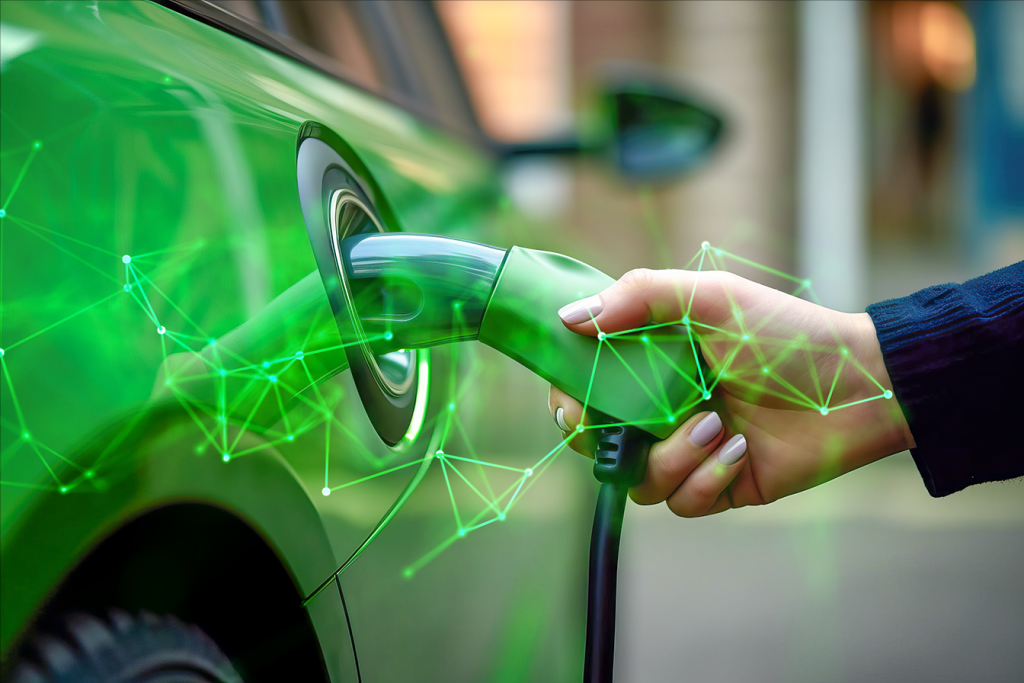Global Climate Change Action.
Climate change is a pressing issue that has far-reaching impacts for society. With rising global temperatures, countries across the world have committed to international protocols with the aim of bringing about environmental change. The Kyoto Protocol, established in 1997, encouraged countries to reduce carbon emissions in order to lower levels of greenhouse gases in the atmosphere. It has since been replaced by The Paris Climate Agreement, which extends the scope beyond just the industrialised countries, as climate change is viewed as a global issue to be addressed by all nations. The UK introduced legislation in 2008 with a goal of reducing greenhouse gas emissions to 80% below those seen in 1990. In 2019, this was upgraded to 100% below 1990 levels to be achieved by 2050 – that is, net zero emissions. Despite efforts, there have been delays in implementing climate change policies at a state level and companies and individuals have also been slow to embrace and adopt changes. So, the UK remains a way off meeting its net zero targets. Last year was the warmest year on record, and with the 2050 deadline looming, everyone needs to step up their efforts in the fight against climate change and the development of a more sustainable future.
How Do Delivery Operations Affect Climate Change?
Online shopping is extremely convenient. After a little browsing and a few clicks, you can sit back and wait for your purchase to be delivered to you. But it has a stark environmental impact. Each order means more delivery miles. Most delivery vehicles are diesel or petrol powered. For each mile driven in one of these vehicles, more than 400 grams of carbon dioxide are emitted into the atmosphere. Add this up over four billion deliveries a year and the fuel consumption and carbon emission levels are shocking. In total, transport and storage activities account for 11% of the UK’s greenhouse gas emissions. Since 1990, the emissions made by most vehicles have dropped. This includes cars, heavy goods vehicles, buses, trains and even domestic aviation. But for light vans, emissions have increased, which clearly reflects the growth of ecommerce and home delivery. On top of this, each delivery needs to be individually packaged. This uses additional resources in the manufacture of often excessive amounts of plastic and cardboard packaging. It is often just single-use and is discarded by the consumer after delivery.
Delivery operations are simply trying to meet consumer choices. Buyers want next-day or same-day delivery, which has meant last-mile deliveries have sky-rocketed and our roads have become clogged with delivery vehicles. The traffic congestion from higher numbers of delivery vehicles on the roads only serves to bump up emissions further. There has also been a rise in unconscious consumerism. Pervasive advertising and social media exposure has buyers making impulse purchases. Rather than making a shopping trip to buy several items in one go, consumers often shop daily and receive regular deliveries. Immediacy and convenience are prized above any environmental concerns.
Consumers are also showing an increasing preference for less optimised methods of order fulfilment, for example, making multiple Amazon orders over several days and not choosing for them all to be delivered together. Many goods are difficult to buy online. Clothing, footwear and home accessories, for example, may not fit or be the right colour. So, there is a growing trend for consumers to buy more than they intend to keep, which boosts returns levels. High rates of returns mean more journeys are made – either from the customer travelling to a store or collection point to return an item, or for a driver to travel to collect it.

Mitigating the Environmental Impact of Your Own Delivery Operation.
You can take action to limit the climate change impacts of your own delivery operation. One way is by switching to electric vehicles. Their greenhouse gas emissions are 17-30% lower than those from petrol and diesel vehicles. The move to eco-friendly vehicles is even more sustainable these days as the country’s power is increasingly coming from renewable energy sources. If you are an ecommerce provider as well as a logistics operation, then you can make changes to your packaging that will reduce your environmental impact.
There are no obvious choices when it comes to packaging, though. You may think it logical to remove all plastics, for example, as these are always assumed to be the least sustainable. Yet, in some cases, plastic might be the best option. For instance, plastic weighs less than lots of other materials, which means its overall carbon transportation costs are lower. Only by considering the entire design and production lifecycle of your packaging products can you make the right choices. It may be that cardboard is best suited to your products because of their size. Or you might be able to implement reusable packaging and educate consumers not to discard materials but to use them again.
By optimising your vehicle loading, you can consolidate your deliveries and reduce delivery miles. This entails minimising empty space and transporting as many orders as possible per route. Instead of sending ten vans a week from your Birmingham warehouse to deliver throughout Leeds, better load planning might reduce that to nine vans, for example. More efficient route planning can also dramatically cut your mileage and therefore your fuel consumption.
Using technology to calculate the most efficient routes can prevent your drivers from getting stuck in traffic jams or taking unnecessarily long journeys. For every mile you cut, you stop those 400g of carbon emissions being released into the atmosphere. Across a substantial fleet and dozens or hundreds of daily schedules, small journey reductions on each route will soon add up. Offering alternatives to last-mile delivery can also make a difference. You might consider adding new options for customers. For example, delivering to parcel lockers minimises the number of failed deliveries and reduces your own fuel costs.
Equally, enabling customers to click and collect or use pick up points will minimise your own fuel miles. In dense urban areas, it may even pay to make last-mile deliveries by bike or on foot. In our largest cities the traffic is sometimes so poor that this is not only carbon-efficient, but also a much faster way of making a delivery.
Take Action to Reduce Your Carbon Emissions.
As logistics operators and ecommerce providers, it is essential for you to play your part in mitigating the environmental consequences of home delivery. By embracing sustainable practices and optimising delivery operations, you can reduce your carbon footprint and make a positive impact in the fight against climate change – while still meeting the demands of today's consumers. Geo2 can help you in your decarbonisation efforts. It has powerful route planning and optimisation functionality that will reduce your driver miles and fuel consumption. Plus, you can analyse CO2 usage by vehicle, allowing you to track how your actions are reducing your carbon emissions over time. Try for free today.
